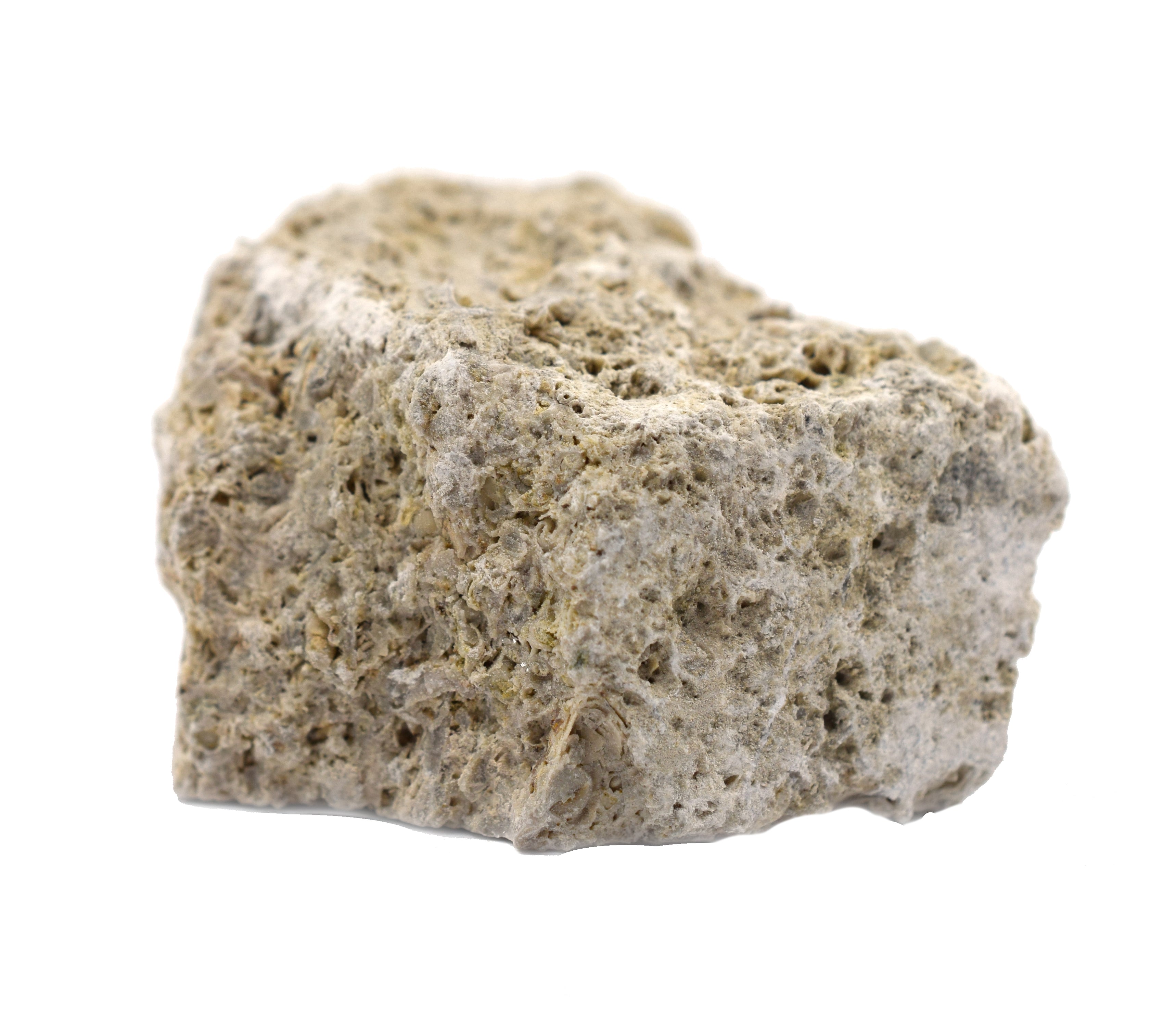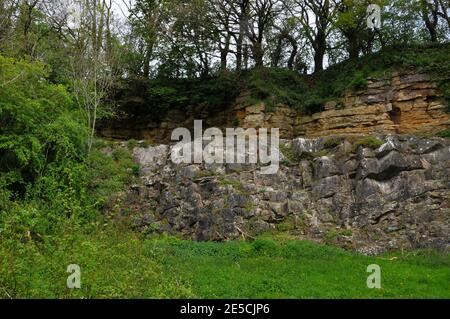
We will use some of these simplifications in this lesson even though there are many complexities to rocks in real life. For example, coal indicates high plant production such as at a swamp or bog, evaporite deposits indicate arid conditions and a water body that does not get refreshed by connection to a larger body, and carbonates often indicate abundant life to precipitate carbonates from sea water combined with an absence of siliciclastic material (mud, sand, gravel) from nearby land masses. Very immature sediments have generally been transported only a short distance and then rapidly deposited and buried by subsequent sediments.Įnvironments of deposition for chemical and biochemical rocks are more varied in nature, but typically 'make sense' in terms of our experience in the modern world. The maturity of a sediment (indicated by grain angularity, sediment sorting, chemical and physical stablity of the minerals present) can signal either the amount of weathering in the environment of deposition (such as the ongoing wave motion that continues to weather particles along a beach) or the distance that the sediment travels before it reaches its environment of deposition. Low energy environments (standing water, gently moving water) will allow finer particles to accumulate (generally smaller than sand sized). HIgh energy (big waves on a shore, fast water in a stream) will wash away small particles and so sediments deposited in those environments will have coarse particles (generally larger than sand sized). In simple summary, the particle size of detrital rocks tells us a lot about the energy of the environment of deposition. What happened after deposition (lithification, diagenesis).What happened before deposition (weathering, transport).What was the environment of deposition?.For sedimentary rocks, this mostly relates to The emphasis is not on detailed and complicated interpretations of each rock, something that often requires more information from regional context, microscopic study, chemical analysis, mineralogical analysis, stratigraphic relationships, and so on than you can get from a hand sample (or the pictures in this lesson), but rather on identifying the basic stories told by the textures and minerals of the rock. naming the rock (the least important of these three steps).interpreting the general 'story' that those features reveal about the rock's formation, and thus the story of our planet, and.noticing important textural and mineralogical features in a rock,.This exercise is intended to provide you with practice and insight into As the only certified mine for oolite building stone in Florida, we stand ready to work with you in order to utilize this unique building stone.An oolitic limestone-it tells a story of ocean chemistry and wave action in Earth's ancient past! Introduction For specific installation instructions and pricing, please contact one of our knowledgeable team members. This will not prevent mold growth in South Florida, but it will slow it down. Oolite stone is used to clad walls, retain soil, and as paving stone in landscapes. Both stones are generally off white in appearance, but we have found the deposit to contain orange and golden colors as well.

Beyond these depths we find a compact limestone called Hemingway stone. This means it is found close to the surface of the ground, and can run as deep as 30 feet. Oolite stone is generally a “cap rock” material. It can contain coral fossils or shells, which makes it similar to coral stone or Florida Keystone.


Florida Oolite stone is a natural quarried stone from South Florida.


 0 kommentar(er)
0 kommentar(er)
